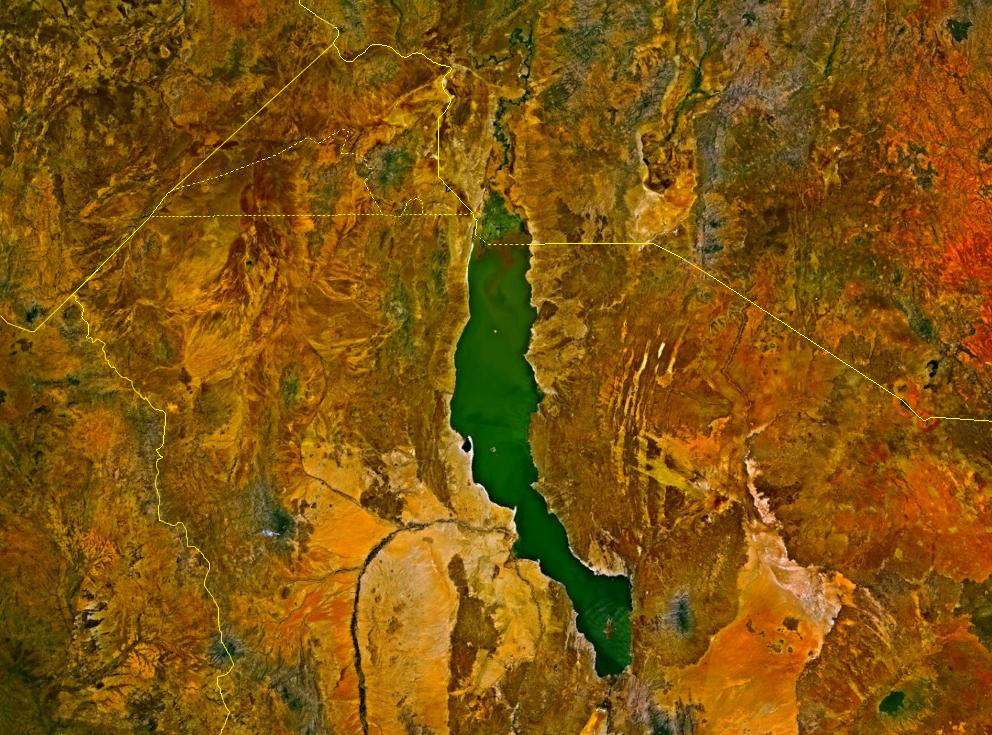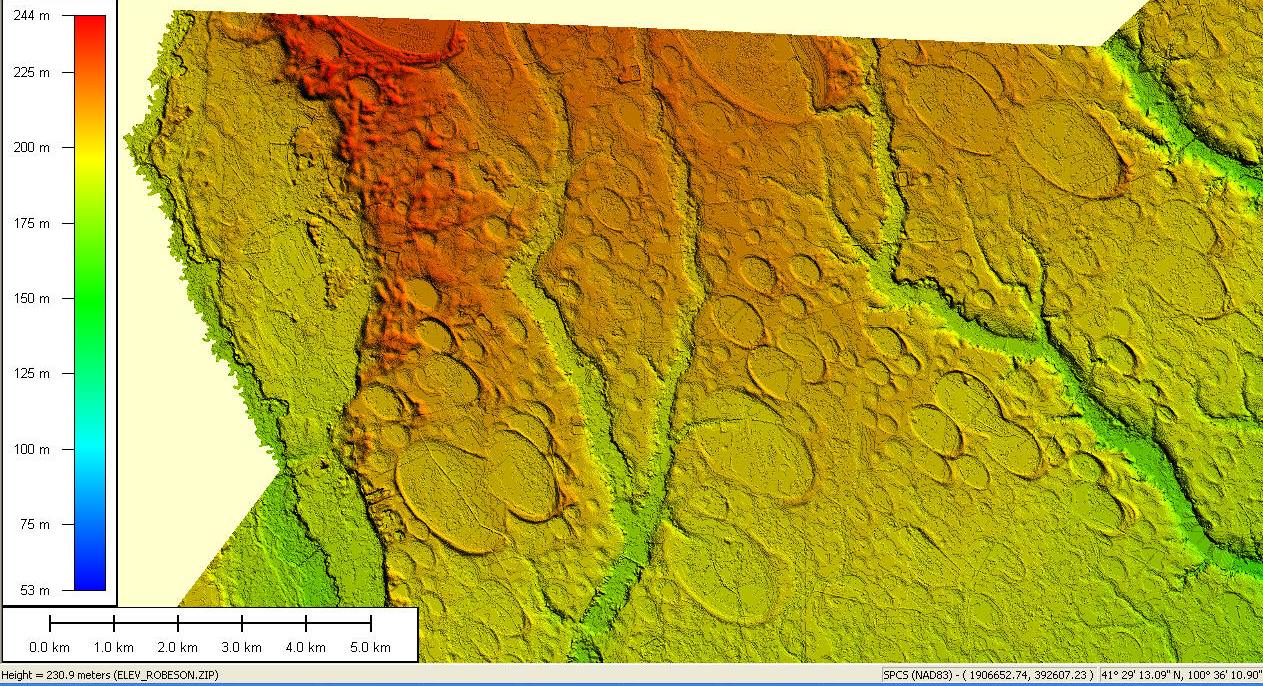|
Aristida
''Aristida'' is a very nearly Cosmopolitan distribution, cosmopolitan genus of plants in the Poaceae, grass family. ''Aristida'' is distinguished by having three Awn (Botany), awns (bristles) on each lemma (botany), lemma of each floret. The genus includes about 300 species found worldwide, often in arid warm regions. This genus is among those colloquially called three-awns wiregrass (other), wiregrasses, speargrass (other), speargrasses and needlegrass (other), needlegrasses. The name ''Aristida'' is derived from the Latin "wikt:arista#Latin, arista", meaning "awn". They are characteristic of semiarid grassland. The Wiregrass Region of North America is named for ''Aristida stricta, A. stricta''. Other locales where this genus is an important component of the ecosystem include the Carolina Bays, the sandhills (Carolina), sandhills of the Carolinas, and sandhill, elsewhere, Acacia aneura, Mulga scrub in Australia, and the xeric grasslands around Lake Tur ... [...More Info...] [...Related Items...] OR: [Wikipedia] [Google] [Baidu] |
List Of Aristida Species
''Aristida'' is a large, broadly distributed genus of flowering plants in the grass family, Poaceae. , there are around 300 accepted species in Kew's Plants of the World Online. References {{Reflist Aristida, *L Lists of plant species, Aristida ... [...More Info...] [...Related Items...] OR: [Wikipedia] [Google] [Baidu] |
Aristida Purpurea
''Aristida purpurea'' is a species of grass native to North America which is known by the common name purple three-awn. Distribution This grass is fairly widespread and can be found across the western two thirds of the United States, much of southern Canada and parts of northern Mexico. It is most abundant on the plains. Description This is a perennial bunchgrass Tussock grasses or bunch grasses are a group of grass species in the family Poaceae. They usually grow as singular plants in clumps, tufts, hummocks, or bunches, rather than forming a sod or lawn, in meadows, grasslands, and prairies. As perennia ..., growing erect to under a meter-3 feet in height, and the flower glumes often assumes a light brown to reddish-purple color. There are several varieties with overlapping geographical ranges. This is not considered to be a good graze for livestock because the awns are sharp and the protein content of the grass is low. References External links Calflora Database: ' ... [...More Info...] [...Related Items...] OR: [Wikipedia] [Google] [Baidu] |
Aristida Stricta
''Aristida stricta'', known as wiregrass or pineland three-awn grass, is a warm-season grass native to North America. The species dominates understory vegetation in sandhills and flatwoods coastal plain ecosystems of the Carolinas in the Southeastern United States. Its appearance is characterized by villous bristles ( indument) on each side of its midrib and on the back of the involute leaf blade. Taxonomy and etymology The common name of ''Aristida stricta'', wiregrass, gave rise to the naming of the Wiregrass Region in which it is located. The species was first described by André Michaux in 1803. In 1993, the southern population of the species was split off and described as '' Aristida beyrichiana'' because of geographic and morphological differences. The two species were treated as an "''Aristida stricta'' ''sensu lato'' species complex In biology, a species complex is a group of closely related organisms that are so similar in appearance and other features that the b ... [...More Info...] [...Related Items...] OR: [Wikipedia] [Google] [Baidu] |
Aristida Adscensionis
''Aristida adscensionis'' is a species of grass known by the common name sixweeks threeawn. It is native to the Americas but it is distributed nearly worldwide. It grows easily in disturbed and waste areas and has potential to become a weed. Description This annual bunchgrass is quite variable in appearance, its size and shape determined largely by environmental conditions. It grows in a tuft to heights between 5 and 80 centimeters. It forms a narrow inflorescence In botany, an inflorescence is a group or cluster of flowers arranged on a plant's Plant stem, stem that is composed of a main branch or a system of branches. An inflorescence is categorized on the basis of the arrangement of flowers on a mai ... of spikelets, each fruit with three awns. References External links Jepson Manual TreatmentUSDA Plants ProfileGrass Manual Treatment adscensionis Bunchgrasses of North America Native grasses of California Flora of the California desert regions North American ... [...More Info...] [...Related Items...] OR: [Wikipedia] [Google] [Baidu] |
Wiregrass (other)
Wiregrass is a common name for several plants Wiregrass may refer to: * Poaceae grasses ** ''Aristida'' (three-awns), especially ''Aristida stricta'' (Pineland Three-awn), '' Aristida junciformis'' and ''Aristida purpurea'' (Purple Three-awn), of subfamily Arundinoideae ** '' Eleusine indica'' (Indian Goosegrass) of subfamily Eragrostideae ** '' Sporobolus indicus'' (Smutgrass) of subfamily Chloridoideae ** ''Cynodon dactylon'' (Bermuda Grass) of subfamily Chloridoideae ** '' Ventenata dubia'' of subfamily Pooideae, native to the Mediterranean and naturalized in western North America * Other plants ** '' Juncus tenuis'' (Slender Rush) of the rush family ** '' Polygonum arenastrum'' (Common Knotweed) of the knotweed family See also * Wiregrass Region, an area of the Southern United States encompassing parts of southern Georgia, southeastern Alabama and the Florida Florida ( ; ) is a U.S. state, state in the Southeastern United States, Southeastern region of the United Stat ... [...More Info...] [...Related Items...] OR: [Wikipedia] [Google] [Baidu] |
Sandhills (Carolina)
The Sandhills or Carolina Sandhills is a 10-35 mi wide physiographic region within the U.S. Atlantic Coastal Plain province, along the updip (inland) margin of this province in the states of North Carolina, South Carolina, and Georgia. The extent of the Carolina Sandhills is shown in maps of the ecoregions of North Carolina, South Carolina, and Georgia. Geology The unconsolidated sand of the Carolina Sandhills is mapped as the Quaternary Pinehurst Formation, and is interpreted as eolian (wind-blown) sand sheets and dunes that were mobilized episodically from approximately 75,000 to 6,000 years ago. Most of the published luminescence ages from the sand are coincident with the last glaciation, a time when the southeastern United States was characterized by colder air temperatures, stronger winds, and less vegetation. The Carolina Sandhills region also contains outcrops of Cretaceous-age (~100 million years old) strata of sand, sandstone, and clay that are interpreted as fl ... [...More Info...] [...Related Items...] OR: [Wikipedia] [Google] [Baidu] |
Poaceae
Poaceae ( ), also called Gramineae ( ), is a large and nearly ubiquitous family of monocotyledonous flowering plants commonly known as grasses. It includes the cereal grasses, bamboos, the grasses of natural grassland and species cultivated in lawns and pasture. The latter are commonly referred to collectively as grass. With around 780 genera and around 12,000 species, the Poaceae is the fifth-largest plant family, following the Asteraceae, Orchidaceae, Fabaceae and Rubiaceae. The Poaceae are the most economically important plant family, including staple foods from domesticated cereal crops such as maize, wheat, rice, oats, barley, and millet for people and as feed for meat-producing animals. They provide, through direct human consumption, just over one-half (51%) of all dietary energy; rice provides 20%, wheat supplies 20%, maize (corn) 5.5%, and other grains 6%. Some members of the Poaceae are used as building materials ( bamboo, thatch, and straw); oth ... [...More Info...] [...Related Items...] OR: [Wikipedia] [Google] [Baidu] |
Awn (Botany)
An awn is a hairy or bristle-like growth on a plant. On the seeds of grasses such as barley or rye, they form foxtails which assist seed dispersal by being barbed and so sticking to passing animals. Also, the awns may twist or curl as they are wetted and dry out and this action can make fallen seeds walk until they fall into a crevice into which they then burrow. Besides grasses, other families of plants which have awns include Asteraceae such as sunflowers and Geraniaceae such as geraniums. In the latter, the awns help disperse the seeds by developing a tension which then catapults the seeds when the seed head ripens and dries out. Description In grasses, awns typically extend from the lemmas of the florets. This often makes the hairy appearance of the grass synflorescence. Awns may be long (several centimeters) or short, straight or curved, single or multiple per floret. Some biological genera are named after their awns, such as the three-awns (''Aristida''). In s ... [...More Info...] [...Related Items...] OR: [Wikipedia] [Google] [Baidu] |
Lake Turkana
Lake Turkana () is a saline lake in the Kenyan Rift Valley, in northern Kenya, with its far northern end crossing into Ethiopia. It is the world's largest permanent desert lake and the world's largest alkaline lake. By volume it is the world's fourth-largest salt lake after the Caspian Sea, Issyk-Kul, and Lake Van (passing the shrinking South Aral Sea), and among all lakes it ranks 24th. Lake Turkana is now threatened by the construction of the Gilgel Gibe III Dam in Ethiopia due to the damming of the Omo river which supplies most of the lake's water. Although the lake commonly has been—and to some degree still is—used for drinking water, its salinity (slightly brackish) and very high levels of fluoride (much higher than in fluoridated water) generally make it unsuitable for drinking directly, and it has also been a source of diseases spread by contaminated water. Increasingly, communities on the lake's shores rely on underground springs for drinking water. The ... [...More Info...] [...Related Items...] OR: [Wikipedia] [Google] [Baidu] |
Carolina Bay
Carolina bays are elliptical to circular depressions concentrated along the East Coast of the United States within coastal New York, New Jersey, Delaware, Maryland, Virginia, North Carolina, South Carolina, Georgia, and north Florida.Kaczorowski, R. T. (1977) ''The Carolina Bays: a Comparison with Modern Oriented Lakes'' Technical Report no. 13-CRD, Coastal research Division, Department of Geology, University of South Carolina, Columbia. In Maryland, they are called Maryland basins. Within the Delmarva Peninsula, they and other coastal ponds are also called Delmarva bays.Coleman, D. (2001''Delmarva Bays: Natural Enigmas.'' , Annapolis. Maryland. Origin of name The name "Carolina bay" is sometimes attributed to the writings of the English explorer[...More Info...] [...Related Items...] OR: [Wikipedia] [Google] [Baidu] |
Speargrass (other)
Spear grass or speargrass is the common name of numerous herbaceous plants worldwide including: Poaceae (grasses) *'' Aciphylla'' spp. *''Aristida'' spp. *'' Heteropogon contortus'' *''Imperata cylindrica'' *'' Piptochaetium'' *''Poa'' spp. *''Stipa ''Stipa'' is a genus of 141 species of large Perennial plant, perennial hermaphrodite, hermaphroditic grasses collectively known as feather grass, needle grass, and spear grass. They are placed in the subfamily Pooideae and the tribe Stipeae, w ...'' spp.; typically '' Stipa calamagrostis'' Apiaceae (umbellifers) '' Aciphylla'' spp. Other * Foxtail (other) {{Plant common name ... [...More Info...] [...Related Items...] OR: [Wikipedia] [Google] [Baidu] |
Needlegrass (other)
The term needlegrass may refer to any of several genera of grasses, including: *''Achnatherum'' *''Aristida'' (three-awns) *'' Hesperostipa'' *'' Nassella'' *''Stipa ''Stipa'' is a genus of 141 species of large Perennial plant, perennial hermaphrodite, hermaphroditic grasses collectively known as feather grass, needle grass, and spear grass. They are placed in the subfamily Pooideae and the tribe Stipeae, w ...'' *'' Triraphis'' See also * Spear grass (other) * Wiregrass (other) {{Plant common name ... [...More Info...] [...Related Items...] OR: [Wikipedia] [Google] [Baidu] |





